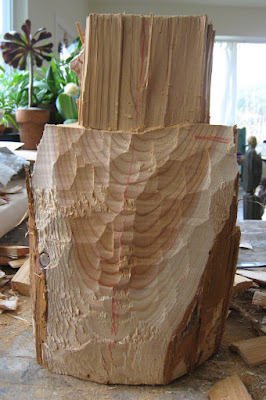
I'm busy devouring "The Rest is Noise- Listening to the Twentieth Century" by Alex Ross. It is brilliant, and needs multiple reading as well as listening to the musical links. Ross articulates what I've long distrusted in contemporary art - When suffering becomes it's own cliched genre. This is a great rebuttal to the mindset of A Real Life Experience.
Quoting from page 484 of The Rest is Noise: "After the war, composers took up what might be called catastrophe style with a vengeance, history having justified their instinctive attraction to the dreadful and the dire....
The twentieth century was unquestionably a terrible time in human history-"the century of death" Leonard Bernstein called it- but proximity to terror does not obligate the artist to make terror his subject. Theodor Adorno, who helped to write the musical passages in Doctor Faustus, saw modernism and kitsch as polar opposites, yet even he admitted that modernism can bring forth its own kind of kitsch- a melodrama of difficulty that easily degenerates into a sort of superannuated adolescent angst. Georg Lukacs, in a critique of Adorno, remarked that the philosopher resided in a "Grand Hotel Abyss," from whose aestheticized security he gazed on the agony of man as if it were an Alpine vista.
There is much to be said for the artwork that answers horror by rejecting or transcending it. Think of the halo-like aura of Stravinsky's Symphony of Psalms, or the weightless profundity of Strauss's Four Last Songs, or the the sacred song of Duke Ellington's "Come Sunday," As the fearful fifties gave way to the antic sixties, many European composers looked for a way out of the labyrinth of progress. One was Gyorgy Ligeti, who witnessed the century of death at close range, having lost most of his family in Hitler's death camps and then suffered further under Stalinism in his native Hungary. Ligeti nonetheless found it in him to write music of luminosity and wit."























